Table of Contents

If you’re like me, then you are or were not sure how many types of countertop edgings are available for a homeowner to choose. In most cases, a countertop edge is not something you will directly notice unless you are specifically looking at it. Once you start observing the different edges, you realize there is a lot more variety to them than just an accent piece on a table.
Some popular edges are ogee, bullnose, bevel, straight, cove, and dupont. I can go on and on about dozens more, but there is one edge in particular which is very fascinating, and the reason you came to this article in the first place. Yes, I’m talking about a mitered edge. It doesn’t have a fancy or direct name like the others, but it’s very unique and quite popular as an upgraded choice for a countertop edge.
Without further ado, let me give you all the information you could ever need on mitered edge countertops.
What Is a Mitered Edge
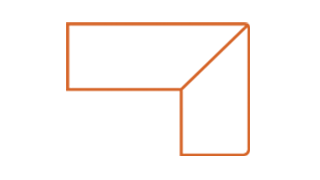
Getting right to the point, a mitered edge is a specific countertop edge that creates a 90-degree angle to your countertop. What makes the mitered edge so unique is that it is a combination of two pieces of stone, cut at a 45-degree angle, then fused together with an epoxy or adhesive glue. The double layer of materials can make the mitered edge a bit heavy, so reinforcement rods can be implemented for additional stability.
What Type of Edge is a Mitered Edge
Depending on where you are shopping, the mitered edge can be considered a class all on its own. Marble.com classifies the mitered edge as a premium laminate edge.
What is a Laminate Edge

Laminate edges are specific types of edges which are a combination of two other countertop edges. These can be whatever you want. For example, I love the bullnose and straight edges, so I can have Marble.com combine them for me to create a round-straight edge which has the properties of both!
Laminate edging can be quite costly to install, so it’s not an ideal option if you have a budget for your home renovations. But if you have some extra income and want splurge, the mitered edge could be a great fit since it looks very luxurious and thick; two aspects that sophisticated homeowners love to boast about for their kitchens.
Where Can You Install a Mitered Edge
Short answer, anywhere that has a countertop. Typically, a mitered edge is installed on:
· Kitchen countertops
· Kitchen islands
· Bathroom countertop
· Office desk
Cost of a Mitered Edge
As I mentioned before, a mitered edge is priced around premium edges, meaning installing it will get pricey very quickly. There is typically no set price range for how expensive it can be, since there are multiple factors which go into the price.
Size
Mitered edges, (all edges actually) are charged by the square foot being installed. While some companies will provide you with a free popular edge when you purchase a stone countertop, it will not cover premium or laminate edged. Since mitered counts as laminate, you will have to pay extra to have it installed. The longer and bigger your countertop is, expect to pay more.
Stone Material
Every stone has its own price range. Marble, quartz, granite, quartzite, all have different prices depending on what type of stone you want to install and how readily available that stone is to obtain. There’s a lot to consider regarding estimations on stone countertops.
Countertop edges should match the countertop, otherwise it will look very wonky and jarring. So if you purchase a marble countertop, you’ll need a marble mitered edge, which requires more materials to add.
Specific Cutting Required
While it is a nice idea thinking that edges are still carefully shaped by expert craftsmen in a warehouse to make your countertop feel custom made, the reality is much more mundane. Countertop edges are made with a giant machine programmed to cut any edge with pin-point accuracy. These machines have several tools and parts which can be swapped out or rotated to accomplish whatever goals they are instructed to perform.
Premium and laminate edges need more precise details in their shaping, so a specific tip made of diamond is used to cut the stone with perfect accuracy. Obviously using diamond cutters will cost more than a regular cutter, which is why these edges cost more.
Mitered Edge Summary
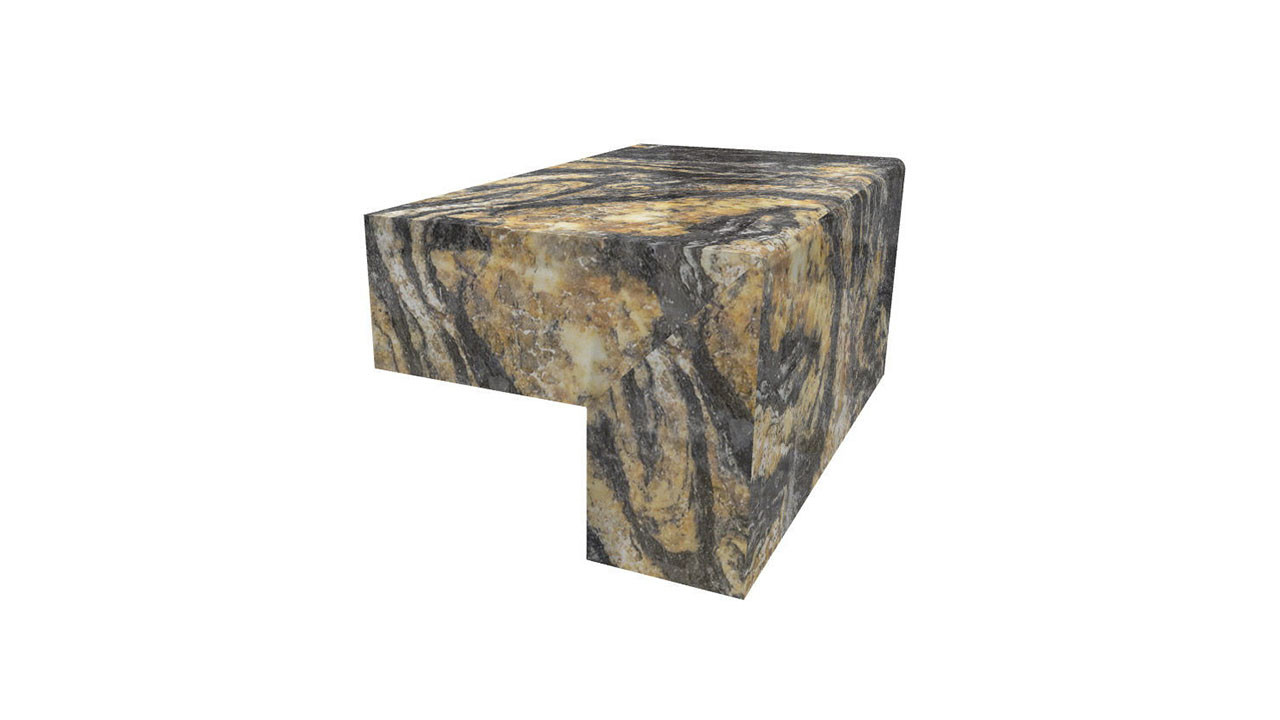
I know I just gave a lot of information, so let’s summarize it, nice and easy.
Advantages of Mitered Edge
· Luxury Design: Mitered edges are seen as an elegant and lavish upgrade to the countertop, giving you plenty of bragging rights to your homeowner friends.
· Thicker Appearance: Mitered edges are a fusion of two pieces at a 45-degree angle, which can provide the illusion of a countertop being much thicker than it actually is.
· Focal Point: Mitered edges are easily noticed thanks to their peculiar shape and specific cut when looking at them. They give the countertop some extra personality and provide you and your guests with something to focus on when analyzing the countertop.
· Variable Stone Options: Mitered countertops can come in several different stones, marble, quartz, granite, quartzite, or more.
· Seamless: Mitered edges are nearly seamless where unless you are specifically using a magnifying glass or hyper-analyzing the countertop, you won’t notice the seams of where it was fused together with the countertop.
Disadvantages of Mitered Edge
· Expensive: Mitered edges count as a laminate or premium edge, making them more costly to install than popular edges. Due to the specific tools required in cutting it, the type of stone being used, and the quantity needing to be installed, a mitered edge will become very expensive if not budgeted properly.
· Extra Weight: Mitered edges are heavier than popular or premium edges because they have two pieces glued together. This adds extra weight to the countertop and can stress the cabinets underneath it. If the cabinets or edge is not properly reinforced, then the mitered edge could damage the cabinets.
· Sharp Edge: Mitered edges do not have “sharp” edges, but the corner of the countertop ends in a point which can get caught on loose clothing or can be dangerous with little children running around.
Conclusion
And there you have it; you’re not caught up with almost everything you need to know about mitered edges. I wouldn’t go around saying you’re an expert now, but you have enough information to make an informed decision on whether you think a mitered edge is right for you. The advantages heavily outnumber the disadvantages, but always be mindful of your financial situation. Do what you can manage, and if you’re ready to get started, schedule an appointment with us today so see how we can upgrade your countertops.













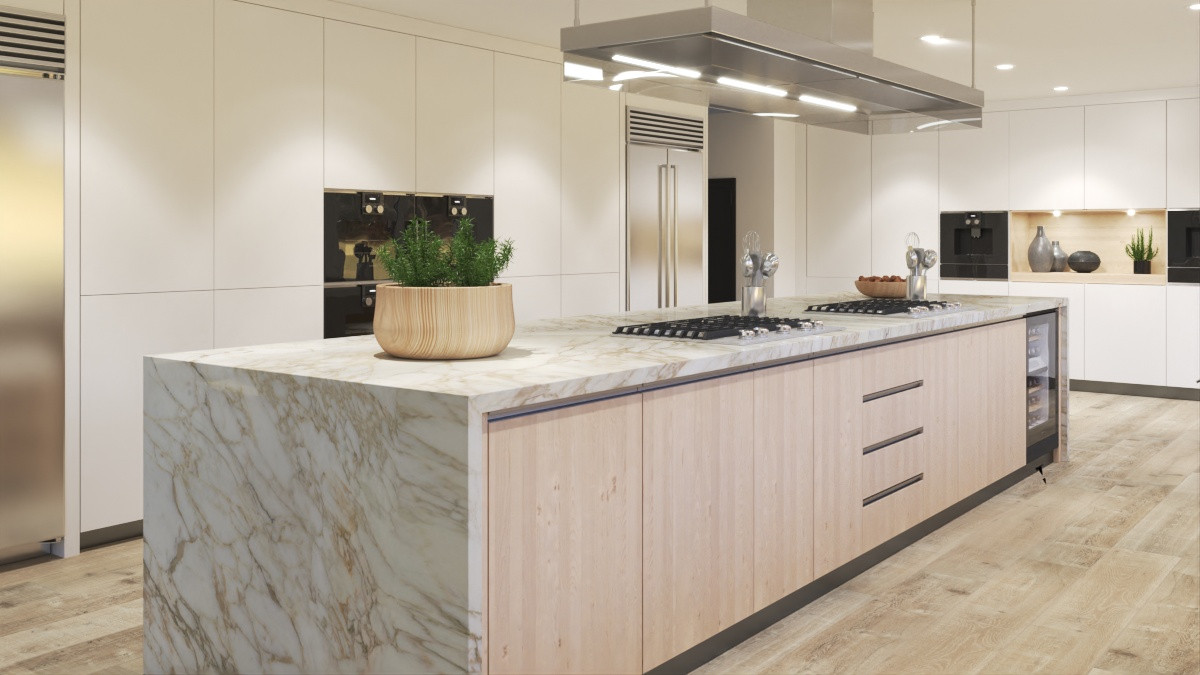
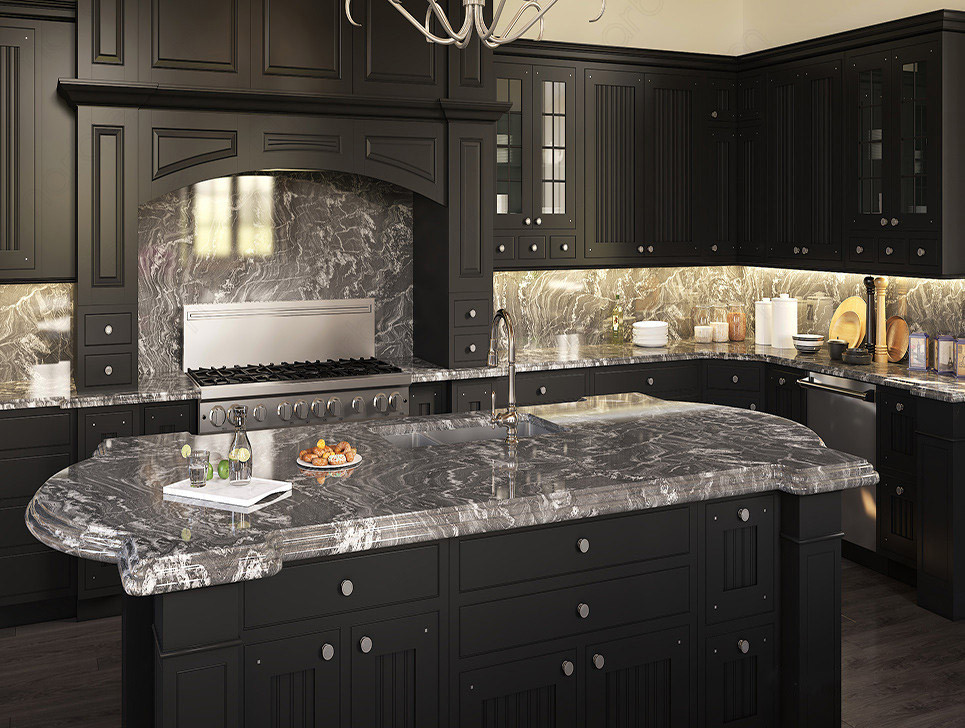
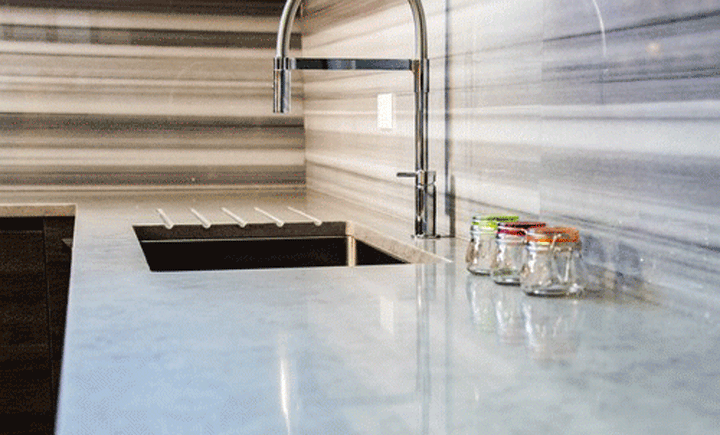
 The article helped me immensely
The article helped me immensely
 I’m now more informed on the subject
I’m now more informed on the subject
 I have questions about Marble.com
I have questions about Marble.com
 The article was not accurate at all
The article was not accurate at all
 There is a serious lack of information
There is a serious lack of information
 I have questions about Marble.com
I have questions about Marble.com